51+ Sample Addendum to Agreement Templates
-
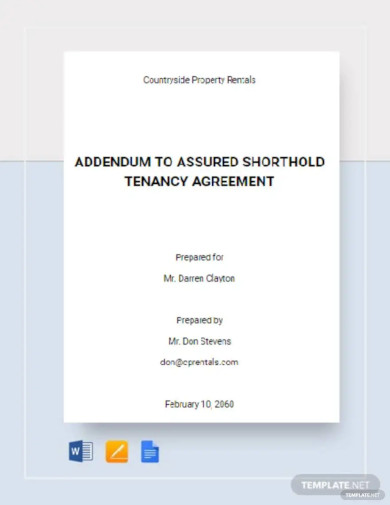
Addendum to Assured Shorthold Tenancy Agreement Template
download now -
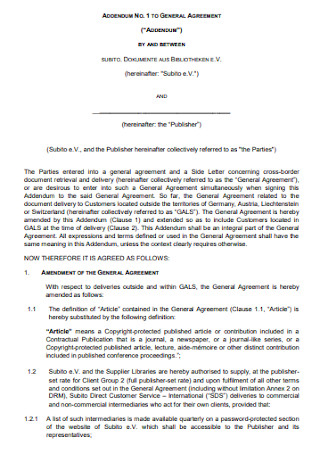
General Addendum to Agreement
download now -

Addendum Repurchase Agreement
download now -
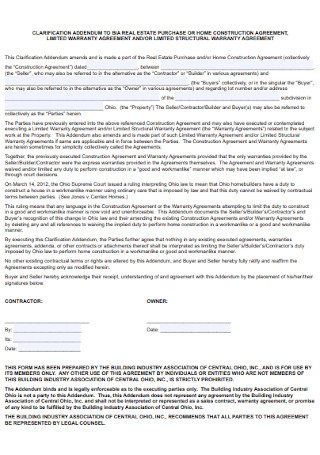
Addendum Real Estate Purchase Contract
download now -
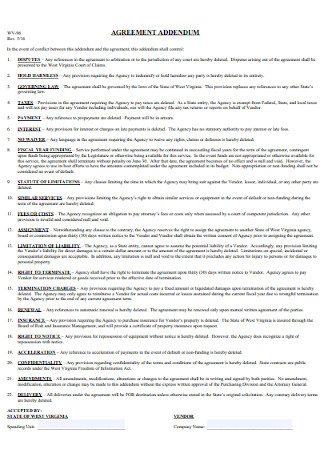
Sample Addendum to Agreement Template
download now -

Addendum to Vendor Agreement
download now -
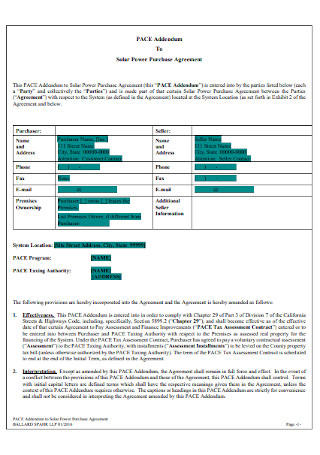
Addendum Solar Power Purchase Agreement
download now -
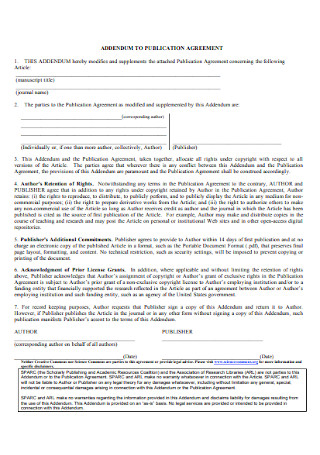
Addendum to Publication Agreement
download now -
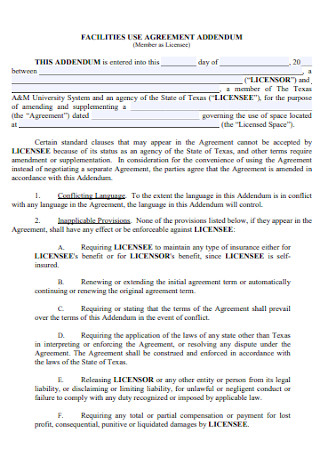
Addendum Facilities Use Agreement
download now -
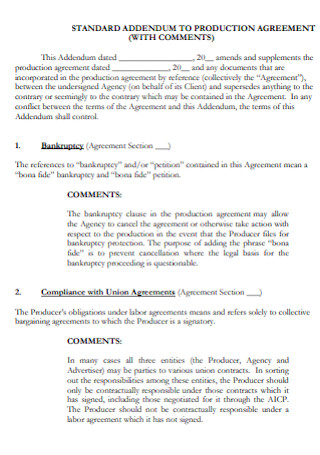
Standard Addendum to Production Agreement
download now -
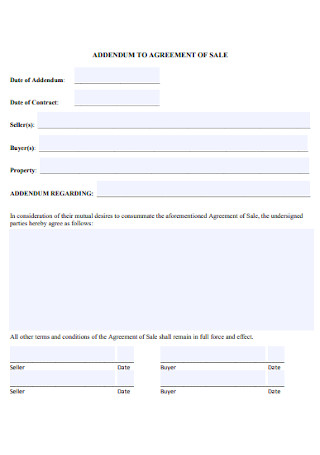
Addendum to Agreement of Sale
download now -
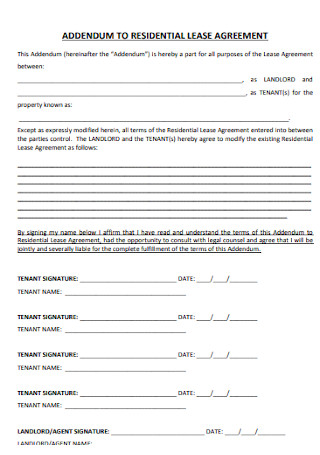
Addendum to Residential Lease Agreement
download now -
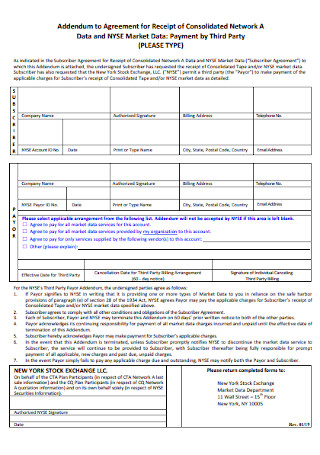
Addendum to Agreement for Receipt
download now -

Addendum to Franchise Agreement
download now -
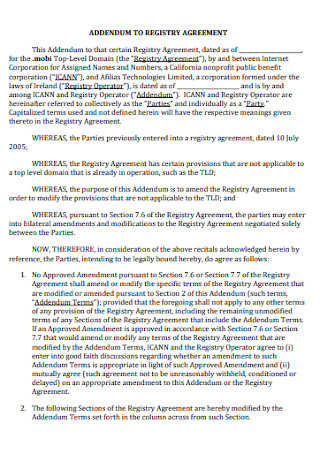
Addendum to Registry Agreement
download now -
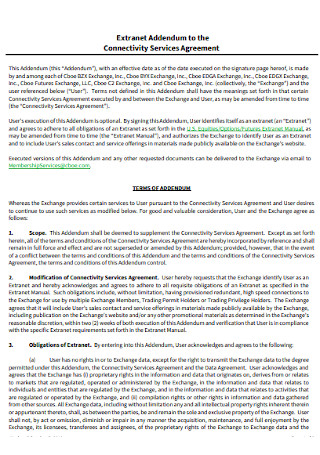
Addendum Connectivity Services Agreement
download now -
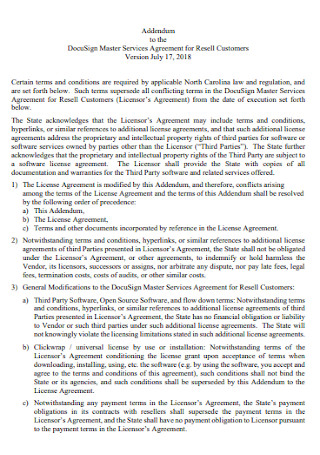
Addendum Master Services Agreement
download now -
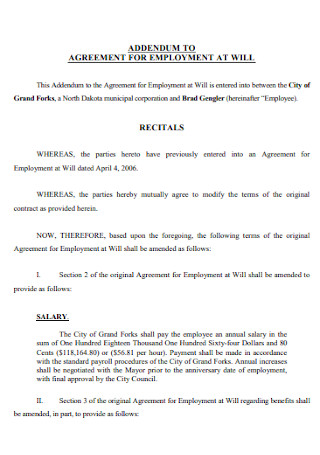
Addendum to Agreement for Employment
download now -
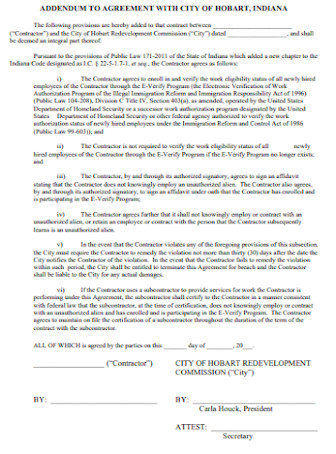
Addendum to Agreement for City
download now -
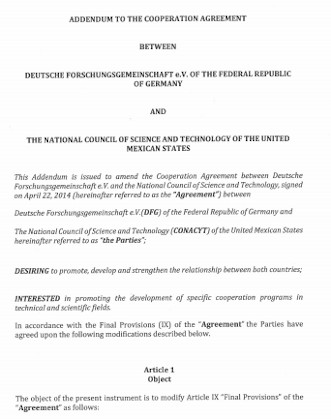
Addendum to Corporation Agreement
download now -
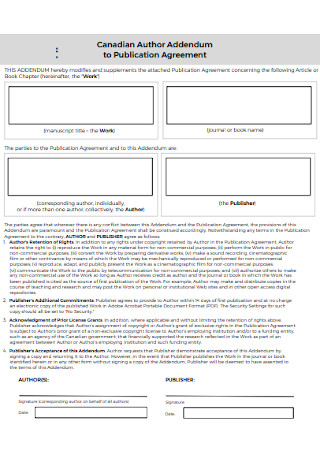
Canadian Author Addendum Agreement
download now -
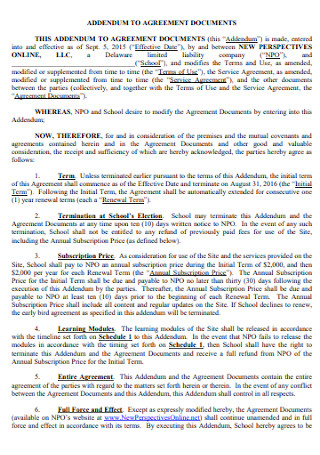
Addendum to Agreement Documents Template
download now -
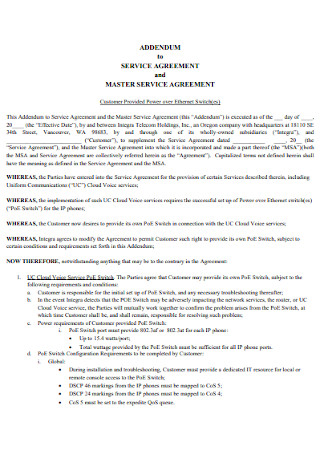
Addendum to Service Agreement
download now -
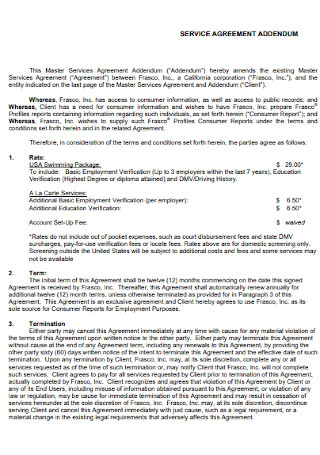
Addendum Service Agreement Template
download now -

Addendum Access Publishing Agreement
download now -
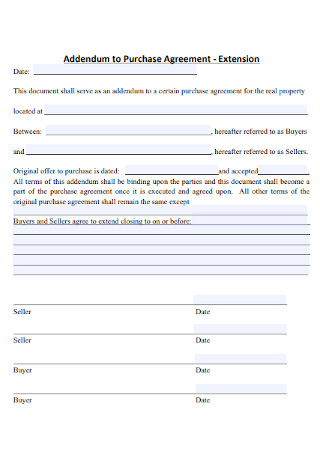
Addendum to Purchase Agreement
download now -

Addendum and Custody Agreement
download now -
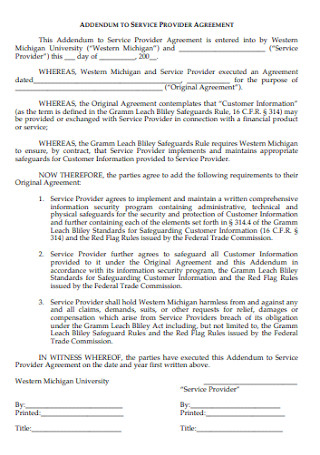
Addendum Service Provider Agreement
download now -
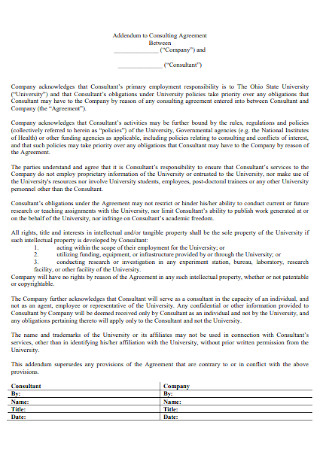
Addendum to Consulting Agreement
download now -
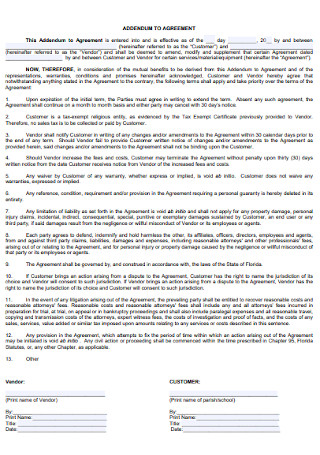
Basic Addendum Agreement Template
download now -
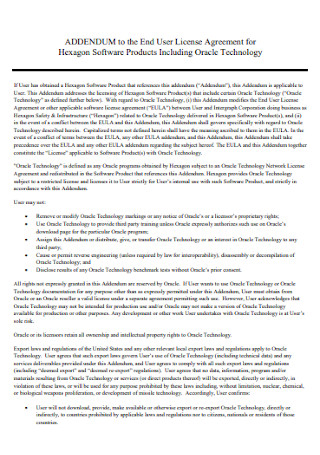
Sample Addendum License Agreement
download now -
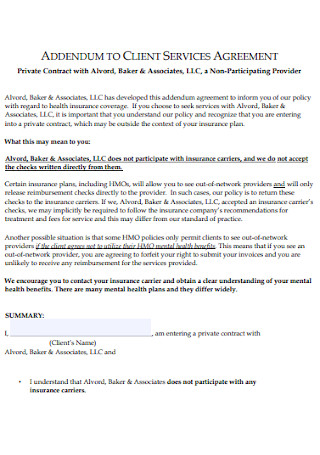
Addendum to Client Service Contract
download now -

Addendum to Event Agreement
download now -
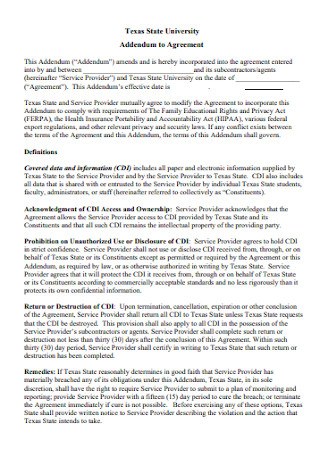
University Addendum to Agreement
download now -

Addendum to Agreement for Author
download now -
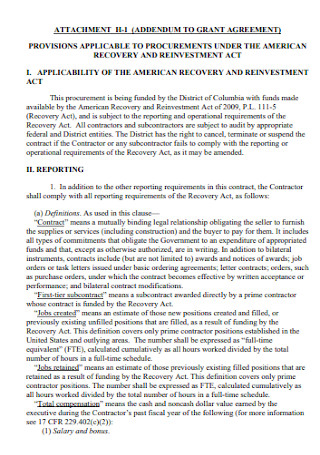
Addendum to Grant Agreement
download now -

Applicants Certification and Agreement Addendum
download now -

Addendum to Health Reform Agreement
download now -

Tax-Deferred Payment Addendum Agreement
download now -
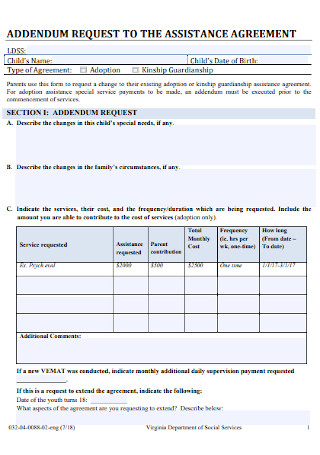
Addendum Assistance Agreement
download now -
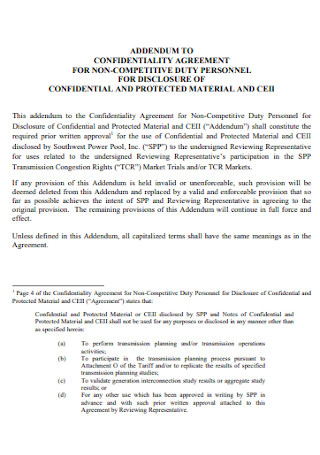
Addendum Confidentiality Agreement
download now -

Provider Addendum Agreement
download now -
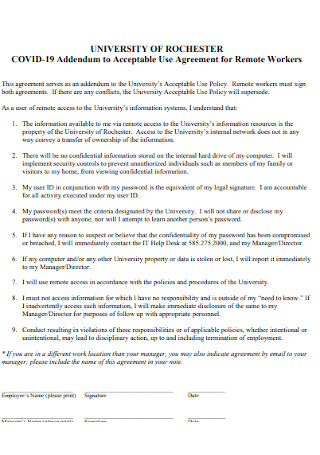
Addendum Workers Agreement
download now -
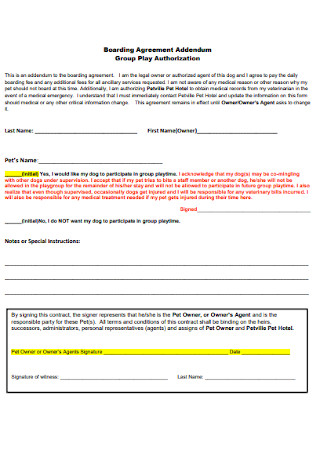
Boarding Agreement Addendum
download now -
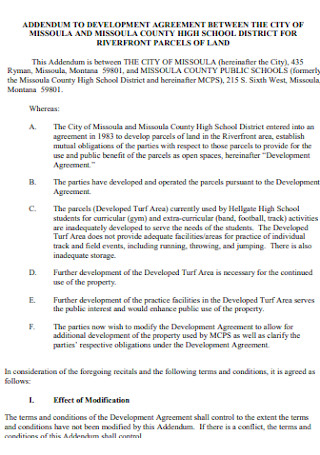
Addendum to Development Agreement Template
download now -
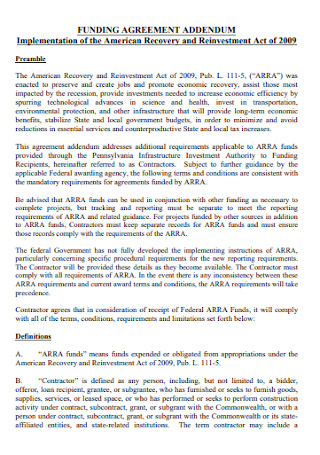
Addendum Funding Agreement
download now -
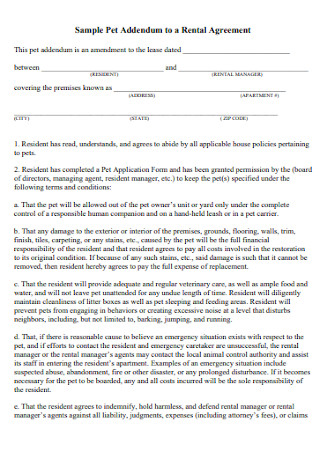
Sample Addendum to a Rental Agreement
download now -
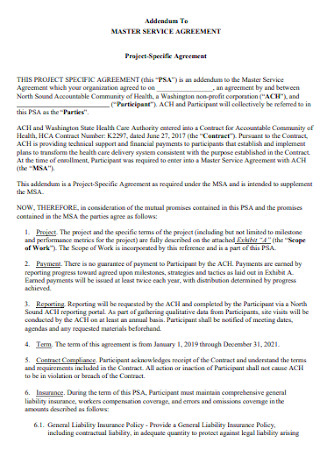
Addendum Master Service Agreement
download now -
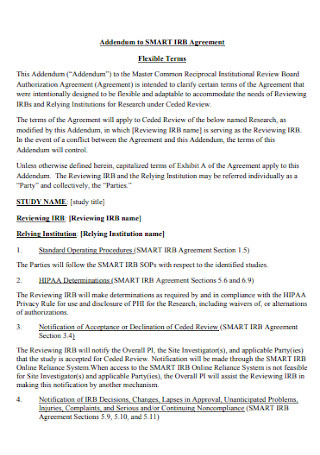
Addendum Smart Agreement
download now -
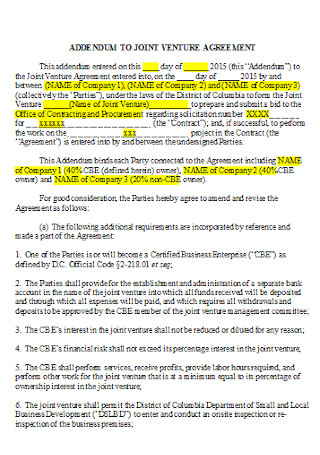
Addendum Joint Venture Agreement
download now -
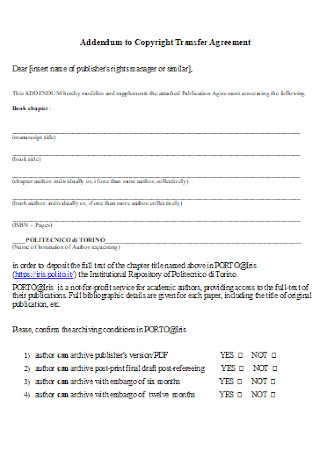
Addendum to Copyright Transfer Agreement
download now -
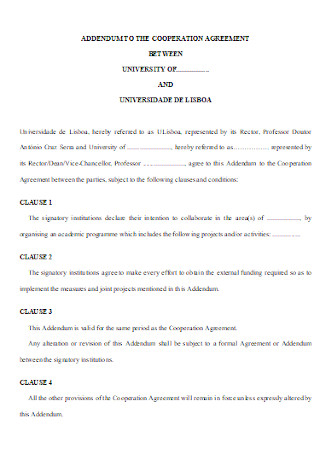
Addendum to Cooperation Agreement Template
download now
FREE Addendum to Agreement s to Download
51+ Sample Addendum to Agreement Templates
What Is an Addendum to Agreement?
The Key Components of a Lease Contract
How To Create a Valid Addendum to Agreement
FAQs
What is the difference between an addendum and an amendment?
What is the difference between a lease agreement and a rental agreement?
What is an assignment of lease agreement?
Is an addendum to purchase agreement similar to an addendum to lease?
Is an addendum also applicable to other contracts?
What Is an Addendum to Agreement?
An addendum is a document that changes the conditions and terms of an existing contract. Its primary purpose is to update an agreement by modifying, clarifying, or nullifying a part of the actual deal. It can be as easy as changing the validity of the contract, or it can be as complicated as altering the schedules for payment. Once an addendum is ready, all parties must sign. The signatures of the parties serve as an acknowledgement of their knowledge and acceptance of the new information. Also, the process of signing may need the presence of a witness to ensure the contract addendum’s validity. Most often, real estate contracts such as a purchase or lease agreement require additions. When a landlord and a tenant enters into a lease agreement, they will most likely need an addendum to provide information concerning issues that are not part of the original contract.
According to Statista, in 2016, about 27% of Americans rented homes.
In New York, specifically, about 30 to 50% of an American’s income goes straight to rent.
Also, a Statista survey reports that 16% of participants earning an annual income of $30,000 claim they were not able to pay for their rent for one whole month.
The Key Components of a Lease Contract
As mentioned, a lease agreement is a legally binding agreement between a property owner and a tenant. For it to be binding, it necessitates the signatures of the parties involved, who must both have the legal capacity and competency to enter an agreement. The following are what you should include in a lease contract.
How To Create a Valid Addendum to Agreement
As a reminder, an addendum to agreement is another document an individual attaches to an existing contract. Note that an addendum is different from an amendment, and we will discuss that further later on. So, here are the steps in creating a valid addendum.
Step 1: Use the Same Writing Format
The addendum should be identical to the original contract. Therefore, it is crucial to use the same writing format. Use the same font, font size, and margins. Also, write the same date that is printed on the original document. When making an addendum title, make it similar to the contract’s title but indicate its nature as an addendum. For example, “An Addendum to May 5, 2020 Employment Contract”.
Step 2: Name All the Parties Involved
Name all the parties involved in the contract. Make sure to write their legal names correctly in the addendum. For example, “The persons involved in the June 1, 2020 Vendor Agreement Addendum are Kristel Hermosa (vendor) and Sophia Montes (vendee)”.
Step 3: Write the Date of Effectivity
Specify the exact date when the addendum will operate. State it similarly the way you state dates in the original document. For example, “The addendum will be effective starting May 5, 2020”.
Step 4: List the Changes Clearly
Embolden or italicize in the addendum the parts of the contract that you will modify. Also, secure the original document with the addendum and make sure that the parties involved will know which is which. For example, “The May 5, 2020 Employment Contract is secured to this document for reference”.
Step 5: Leave a Blank Space for Notarization
To notarize means to certify a document through a notary. Notaries are government agents who serve as witnesses to the validity of signatures. Several states in the U.S. require notaries public to notarize official papers by imprinting them, each with a governmental seal. Typically, notaries don’t get compensation for the service they make for the government. So, prepare to pay fees for notarization.
FAQs
What is the difference between an addendum and an amendment?
We already know what an addendum is, so let’s proceed to define what an amendment is. What is an amendment? A contract amendment is a direct change of contract terms or provisions. Any contract can have revisions as long as all parties consent. The most common type of amendment involves extending the duration of an agreement or contract. In other words, an amendment doesn’t significantly change or modify the provisions or terms of a contract. It may only change a deadline or price, correct a wrong statement, or address contingencies. If a written agreement requires substantial changes, creating an addendum helps.
What is the difference between a lease agreement and a rental agreement?
A lease agreement usually lasts for a year, while a rental contract typically lasts for only a month. For example, a college student who is new to the city may decide to rent a temporary place. He may want to rent an apartment for 12 months, so he should enter into a lease. If he plans to stay for five months, he can sign a rental agreement.
What is an assignment of lease agreement?
An assignment of lease is a document that transfers a contract’s obligations from one person (assignor) to another (assignee). The assignor signs this agreement so that an assignee will assume and own all contractual rights and responsibilities.
Is an addendum to purchase agreement similar to an addendum to lease?
No, because a purchase agreement is different from a lease agreement. A real estate purchase contract is an arrangement between a buyer of a residential property and a seller.
Is an addendum also applicable to other contracts?
Yes, it also applies to many other contracts as long as it serves the same purpose we’ve mentioned above. It can be for a memorandum agreement, a hold harmless agreement, a separation agreement, and more. Though the fact remains, that is common for modifying real estate contracts.
An addendum to agreement is a separate document that one attaches to the original contract to modify an agreement successfully. It is most useful when a real estate agent forgets to include valuable information that should be part of the contract. As long as the parties agree, an addendum will save one party from unnecessary hassle. To save you some time, you can easily download one of our example addendum of agreements above.
